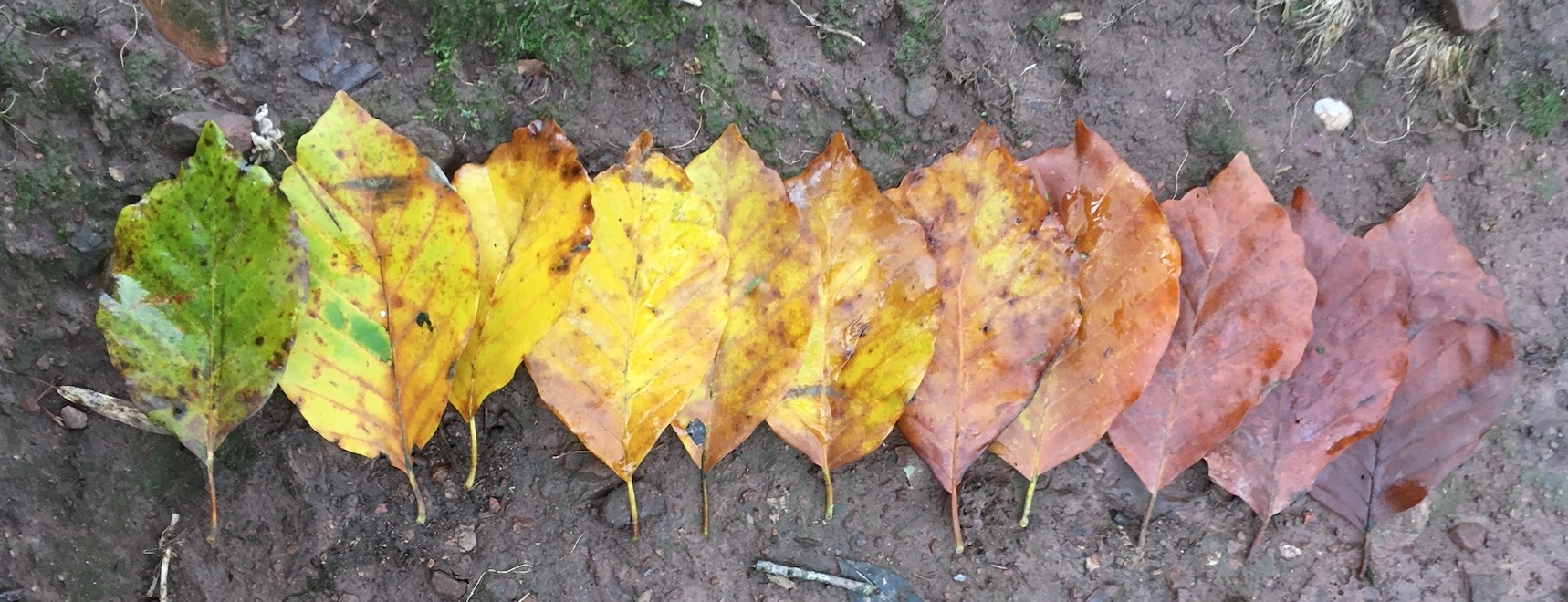Trees are our companions, man. That said they do not generally walk with us, unless you have been lucky enough to take a stroll with an Ent in your local Fangorn Forest. They do however live where we live and ‘breathe' the air we breathe.
Some of the first to signal the arrival of spring are cherry trees. They burst into flower, like the earth venting clouds of pink and white blossom, billowing from between buildings, from behind houses and in parkland. A few weeks later horse chestnut flowers look like the gleaming spires of a city in the branches.
Trees change quickly at this time of year. Four weeks ago most trees were still quite bare, now they are in leaf or at least in bud. As they do so they soften the landscape in which they grow. The dark silhouettes of winter blurred by new growth. When you can get farther afield go to see trees on hills, where the weather is naturally a bit harsher. These trees are often two or three weeks ‘behind’ their cousins in the relatively protected valleys and cities.
If you look a a patch of woodland from a short distance you will run out of words to describe the different verdant greens of each species of tree. Adam Nicolson, in his brilliant book The Making of Poetry, describes spring as having ‘rhapsodic freshness in every molecule’. Some leaves are not even green, there are bright yellows and deep reds as well. Visit a local tree once a week from the start of April to the end of May, throughout the year in fact, and you will see it transform. The effort the tree exerts in spring is worth pondering. A mature oak is thought have around a quarter of a million leaves, all of which it replaces every year!
Charles Simic sensuously describes leaves in his poem, called Leaves,
… Watching leaves,
The way they quiver
At the slightest breath of wind,
The way they thrill,
And shudder almost individually,
One of them beginning to shake
While the others are quiet, …
and later, in the same poem,
On this oak tree casting
Such deep shade,
And my lids closing sleepily
With that one leaf twittering
Now darkly, now luminously.
The dappled shade of spring leaves, now darkly, now luminously, enable carpets of bluebells, wood sorrel and wild garlic to flourish.
When summer arrives you can almost watch as trees wilt on long hot days. All the effort of Spring replaced by a staid endurance in the dusty summer air. Trees provide their own shade. Stand under a big tree on a hot day and the cooler air is lovely, don’t fall asleep though, you might wake up in Faerie.
In autumn the colours of the leaves seem to compliment the lowering sun, it’s like someone planned it. They didn’t. Autumn colours are the result of the trees no longer photosynthesising. The leaves lose their greenness and, as decay sets in, change to yellows oranges, reds and browns. The shorter, cooler days make the trees realise it’s time to start hunkering down. Walking through still autumn woodland is one of the delights of the season.
Winter trees stand stoic against the cold, their dark branches punctuated by crows. The view through woodland is no longer ‘hindered’ by leaves so you can often see views unavailable the rest of the year. Many of the original map makers of these islands did their best work in winter when they could see further from trig points. Trees are basically hibernating in winter although it's called dormancy. By not maintaining their leaves they are saving energy for when it’s needed.
And so back to spring. All the recent evidence suggests that humans, that's most of us reading this, get tangible mental and physical benefits from spending time in woodland. So spend some time amongst trees. Watch them ebb and flow across the year and go for a walk.
